NOVUS NY at Carnegie Hall
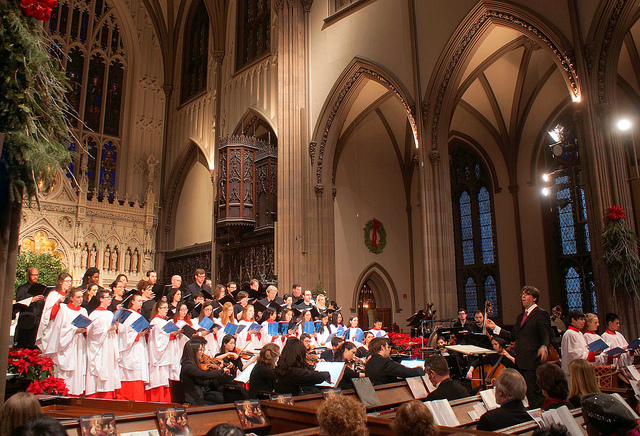
Prior to this concert, Carnegie Hall’s new chair Ronald O. Perelman made disparaging remarks about classical music as only a one-percenter can. No one would argue that diversified programming is crucial – especially for a venue like Carnegie Hall. The billionaire would have discovered a cross-section of ticket-holders ignoring nasty wet weather to hear Trinity Wall Street play two challenging, rarely heard choral works.
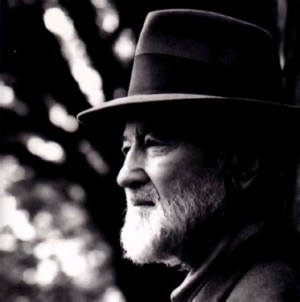 To familiarize listeners, conductor Julian Wachner warmed up the crowd encouraging them to sing hymns Charles Ives worked into his Fourth Symphony. Maestro noted that one, Near My God to Thee, played when the Titanic sank – hoping its inclusion wouldn’t be a bad omen for the concert. He needn’t have worried. Composed from 1898-1911, Ives never heard it in his lifetime because he was a control freak and his score is unapologetically difficult – and unbelievably exhilarating. He brings together not only hymns but also previous compositions, sound effects (whistles, chimes), marches, and ragtime to create a sound picture of pre-World War I America. The first two movements weave these ideas into a weird sense of harmony. The third movement Fugue is a pretty, “classical” interlude, and the Finale is pure Ives – a wordless chorus uniting outside musical ideas as he creates his own.
To familiarize listeners, conductor Julian Wachner warmed up the crowd encouraging them to sing hymns Charles Ives worked into his Fourth Symphony. Maestro noted that one, Near My God to Thee, played when the Titanic sank – hoping its inclusion wouldn’t be a bad omen for the concert. He needn’t have worried. Composed from 1898-1911, Ives never heard it in his lifetime because he was a control freak and his score is unapologetically difficult – and unbelievably exhilarating. He brings together not only hymns but also previous compositions, sound effects (whistles, chimes), marches, and ragtime to create a sound picture of pre-World War I America. The first two movements weave these ideas into a weird sense of harmony. The third movement Fugue is a pretty, “classical” interlude, and the Finale is pure Ives – a wordless chorus uniting outside musical ideas as he creates his own.
Wachner kept Triniity’s NOVUS NY orchestra and Trinity Choir well in control. Charles Ives’ music is hard describing because he is an original. His music isn’t easy to “like” but, as this performance proved, rewarding.
Even less familiar is Alberto Ginastera’s Turbae ad Passionem Gregoriana. Like Ives, Ginastera brought together different sounds for The Passion.
Turbae is Latin for “crowd” – and this crowd, comprised of the Trinity Choir, Trinity Youth Chorus, Washington Chorus, and Washington National Cathedral Choir of Boys and Girls, is a screaming mob. They are only quieted when the Evangelical (Thomas McCargar) describes events in a cappella Gregorian chanting used in the Catholic Mass. The “passion” for this 1975 Good Friday setting is for blood. Ginastera musically paints a cross being dragged in the street, the man nailed to it, the earthquake following his death.
Salvation comes only in the final moments when the final chorus rejoices in the Resurrection.
Turbae’s obscurity is a mystery, because it is powerful. The audience went crazy for it. This performance went a long way proving that musicians and listeners don’t have a problem being challenged. That’s what music is all about.
Patricia Contino
For further information about Carnegie Hall visit here.
For further information about Alberto Ginastera visit here.
For further information about Charles Ives visit here.


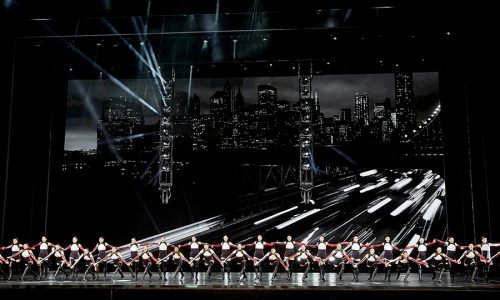

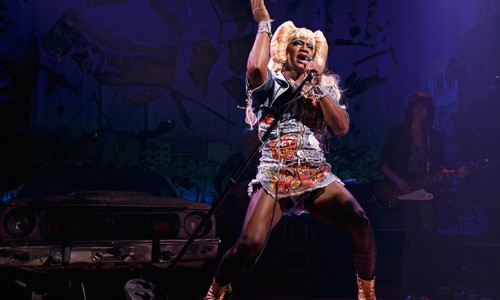
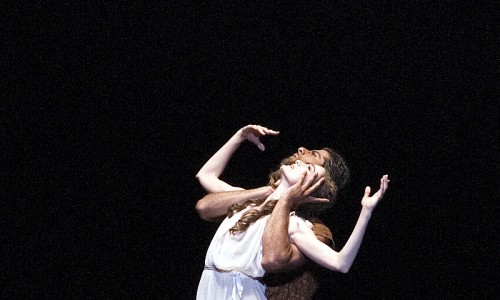
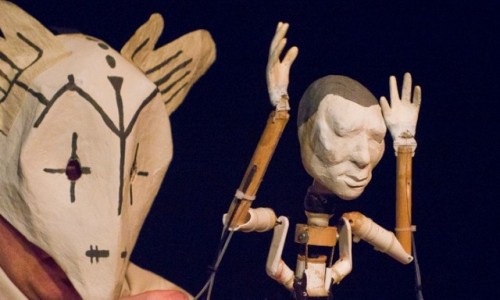

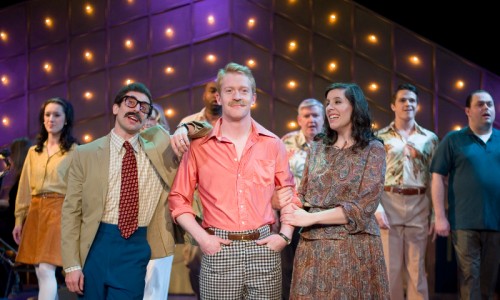
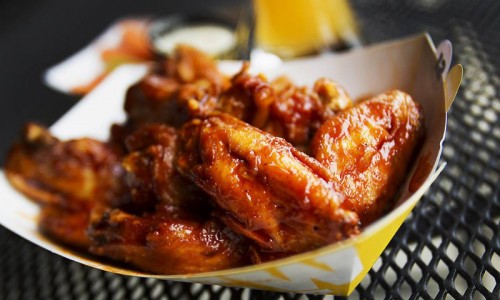
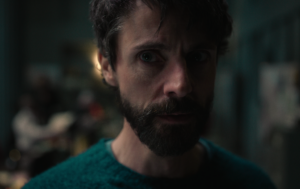
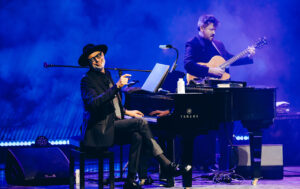
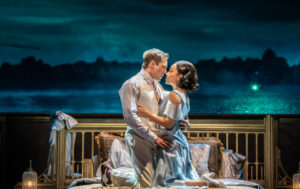
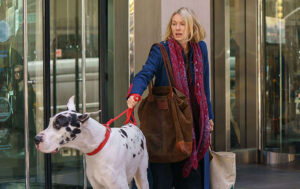
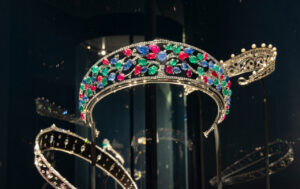



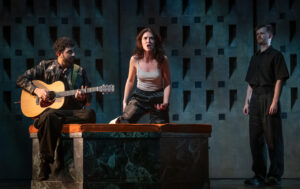





Facebook
Twitter
Instagram
YouTube
RSS